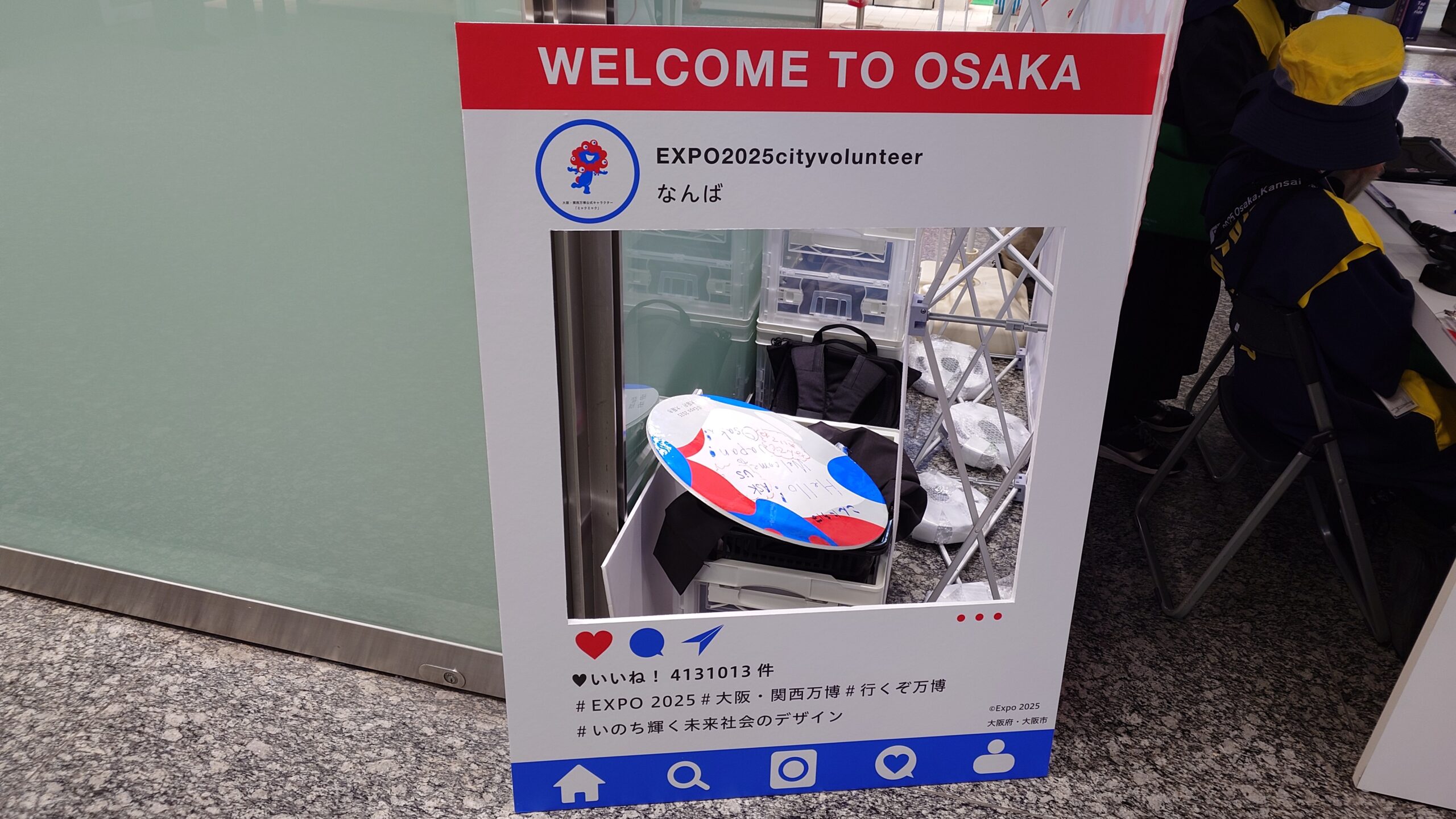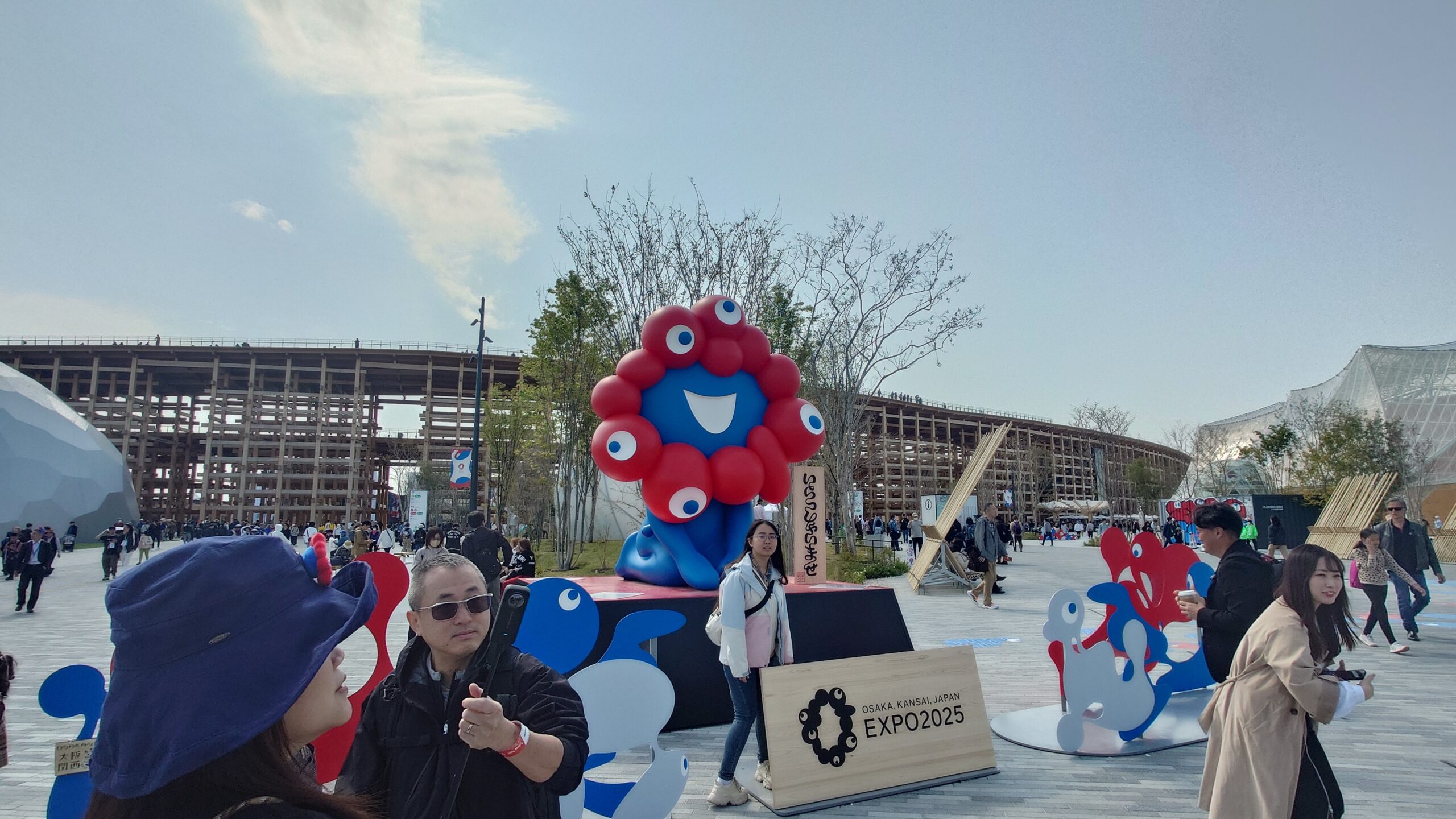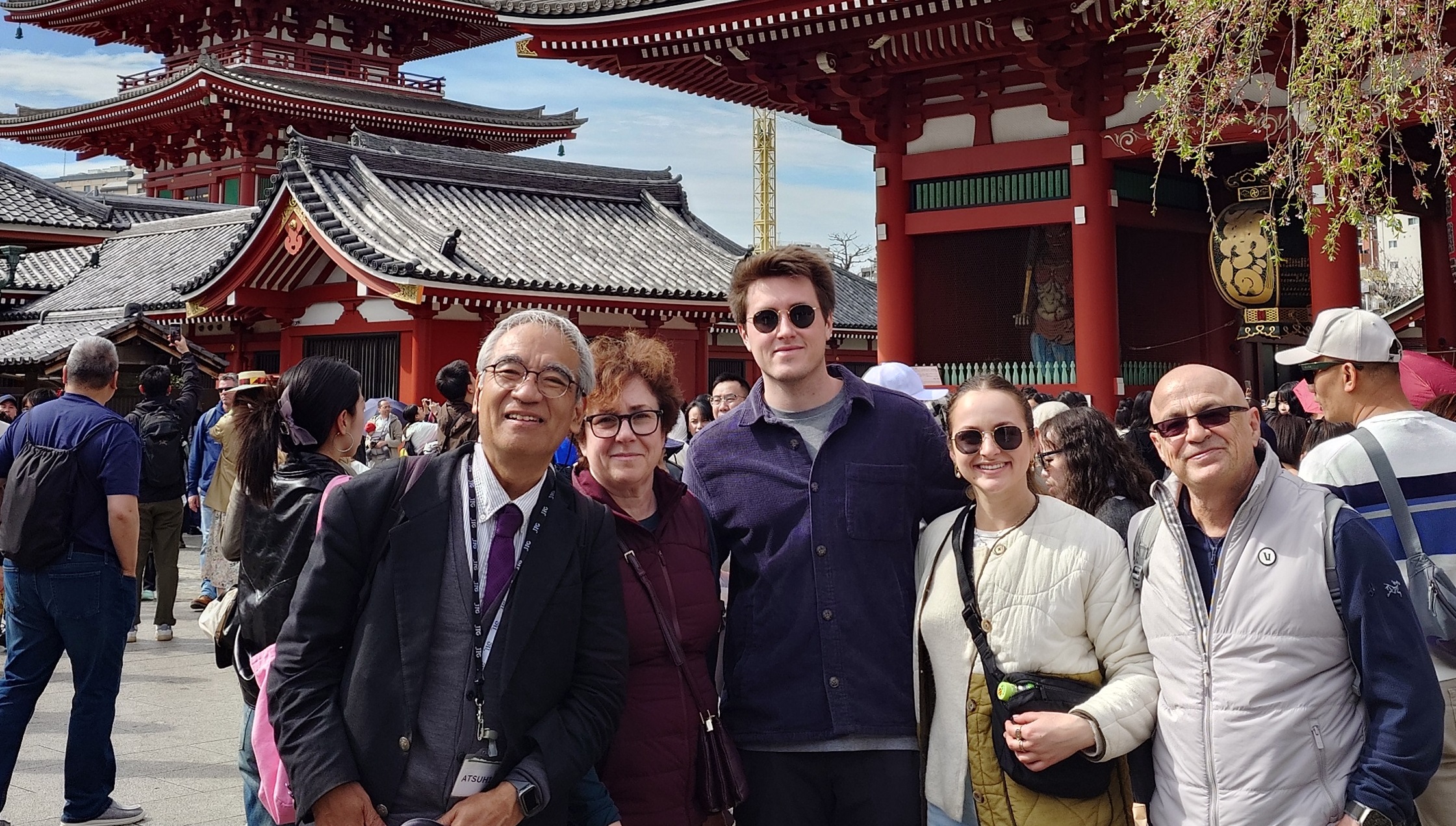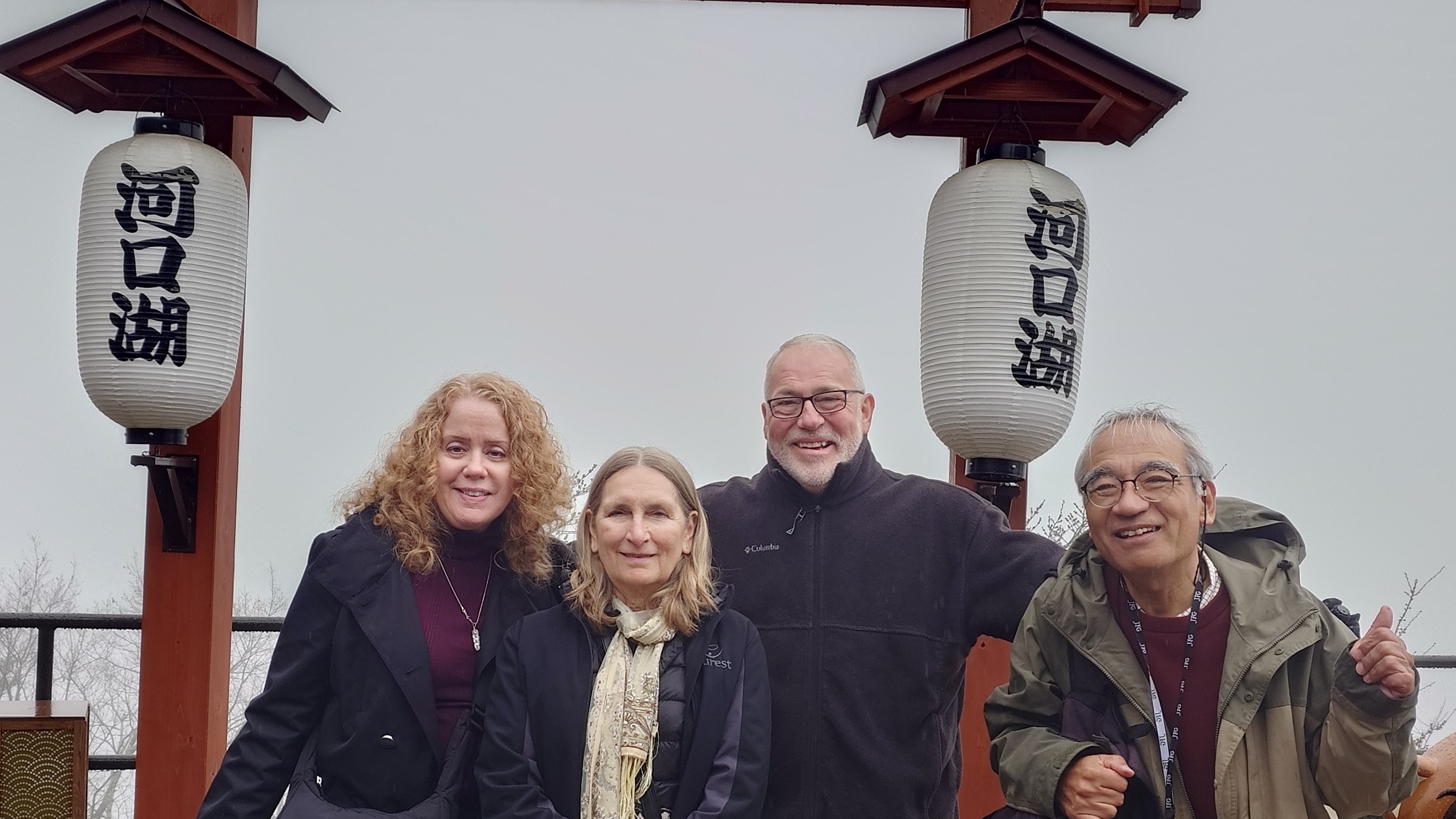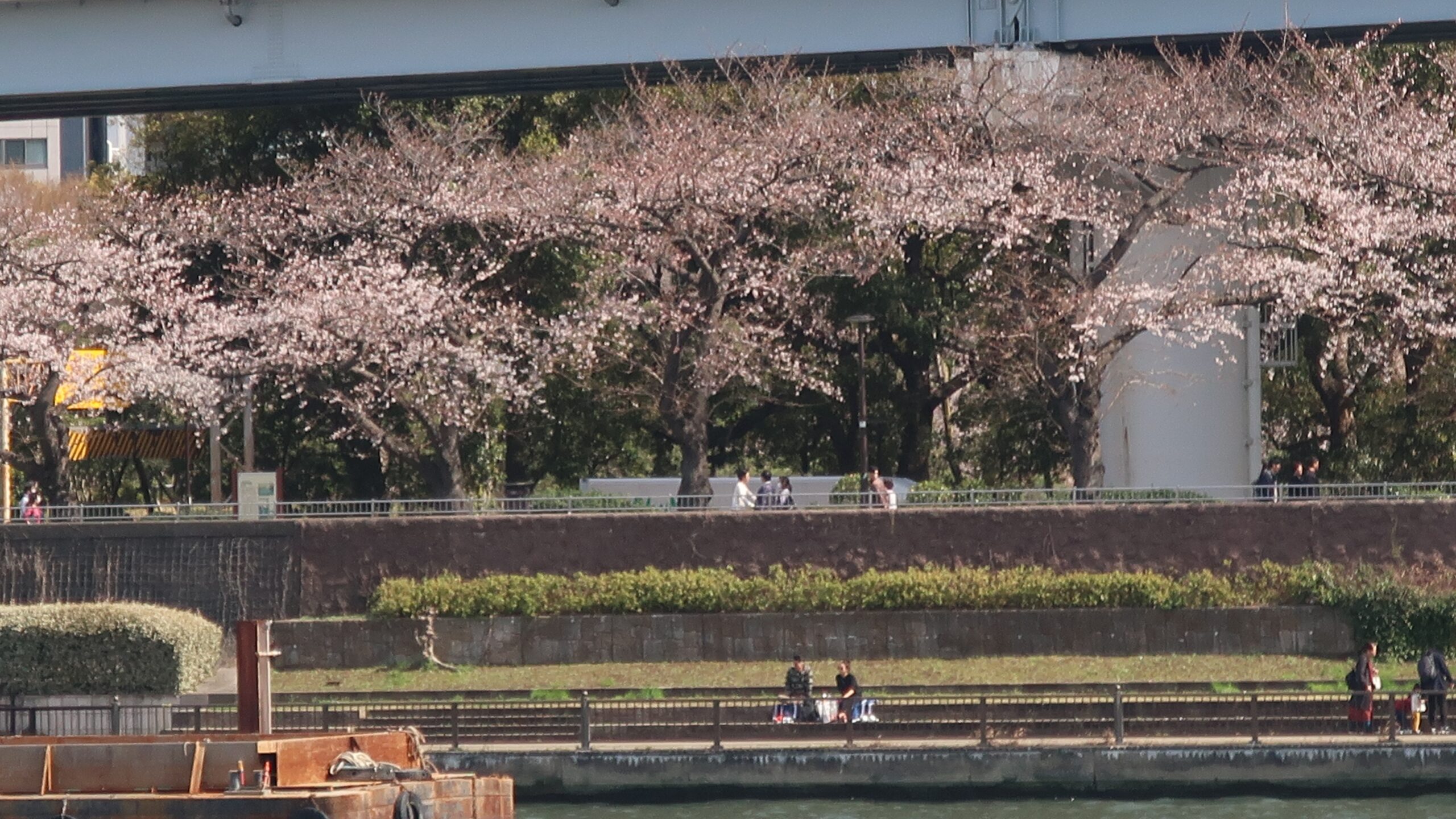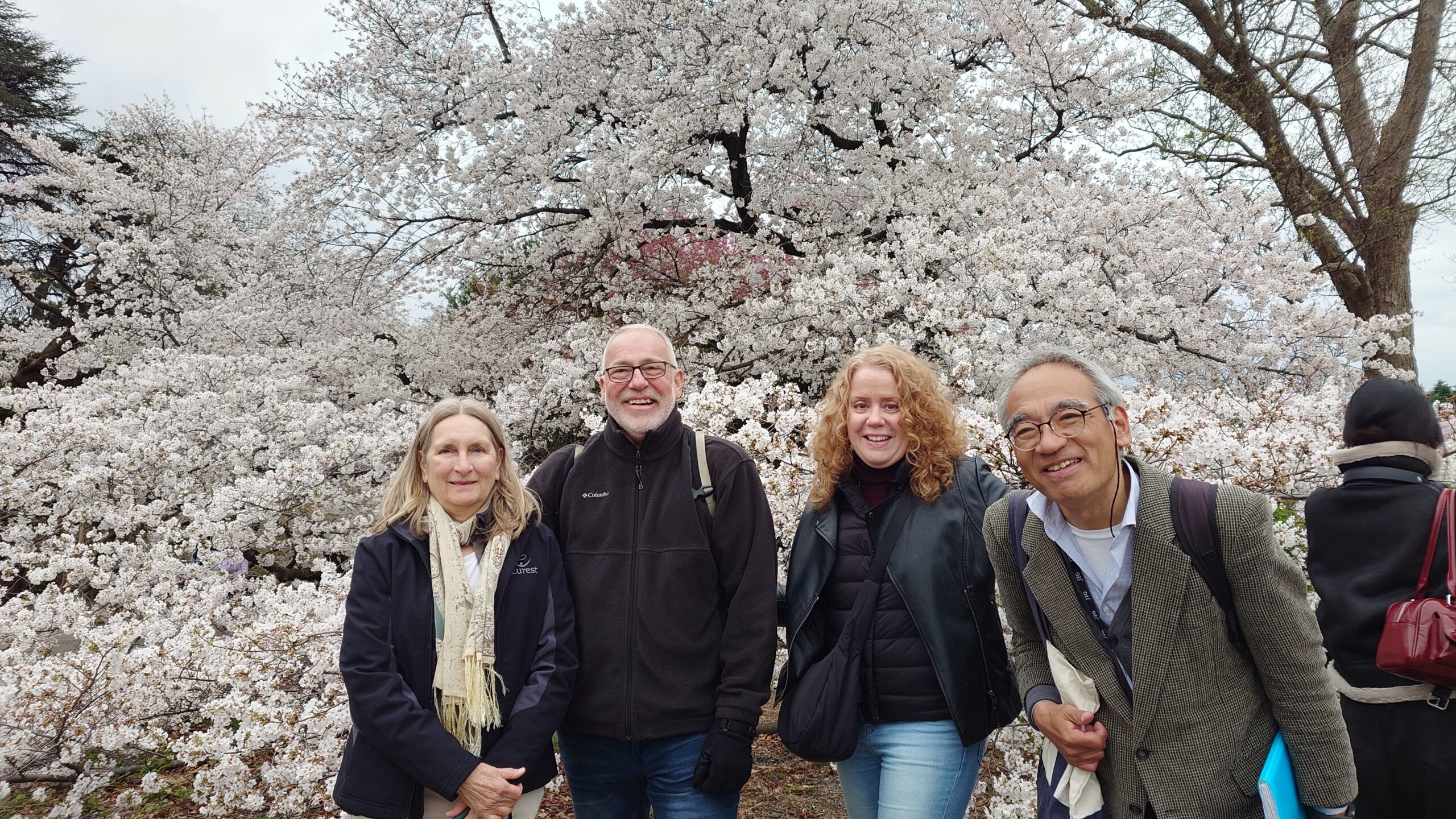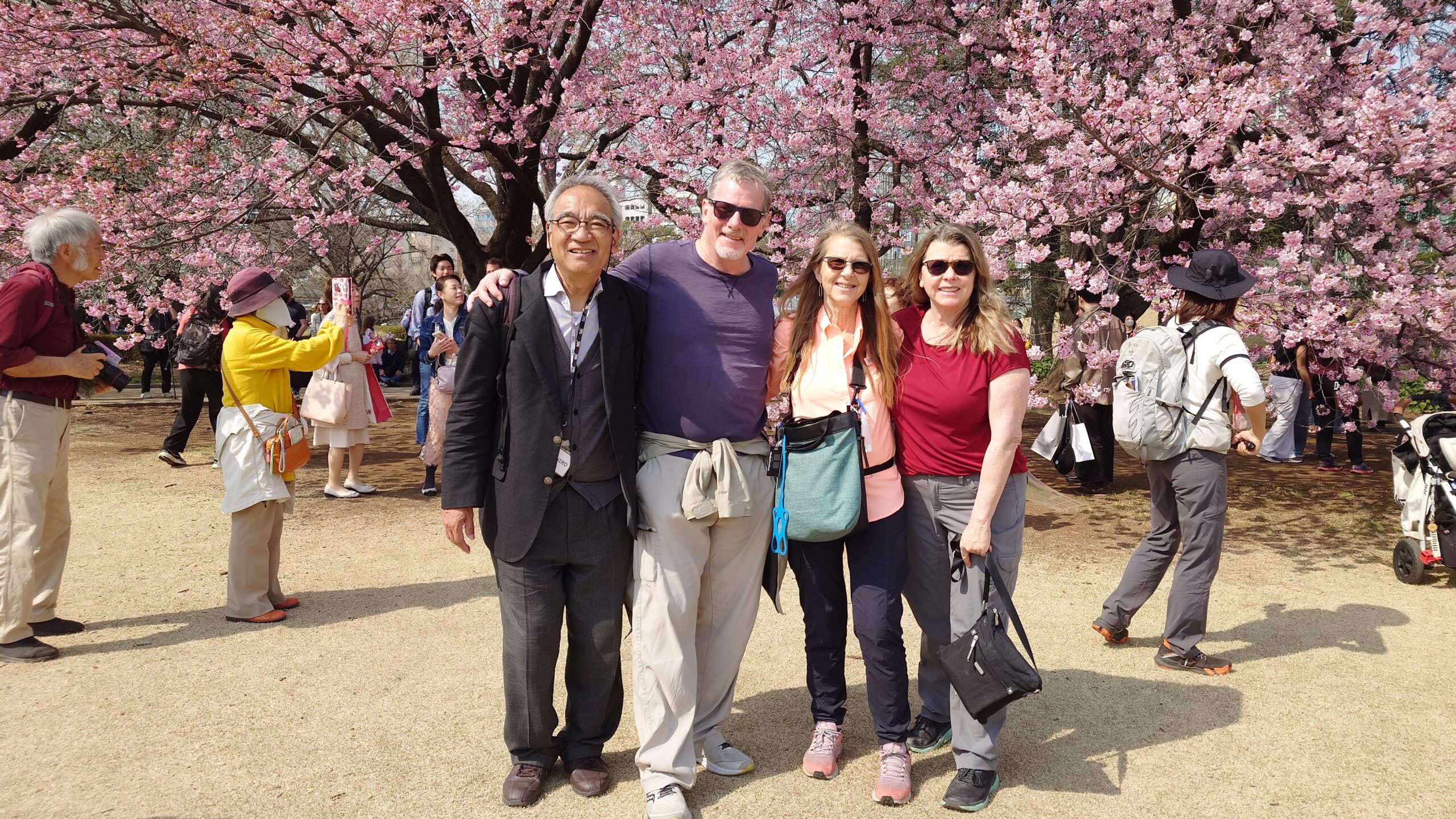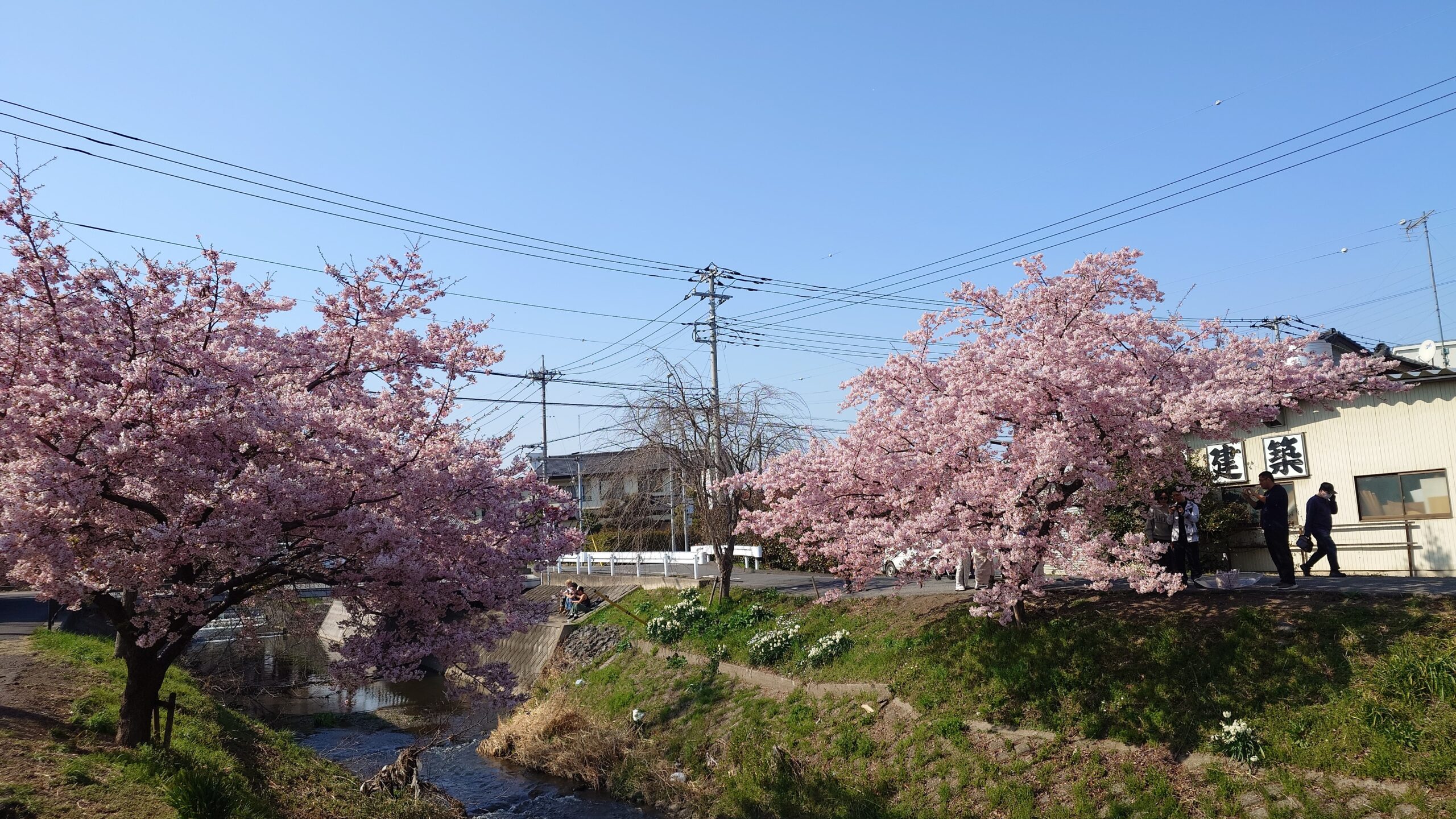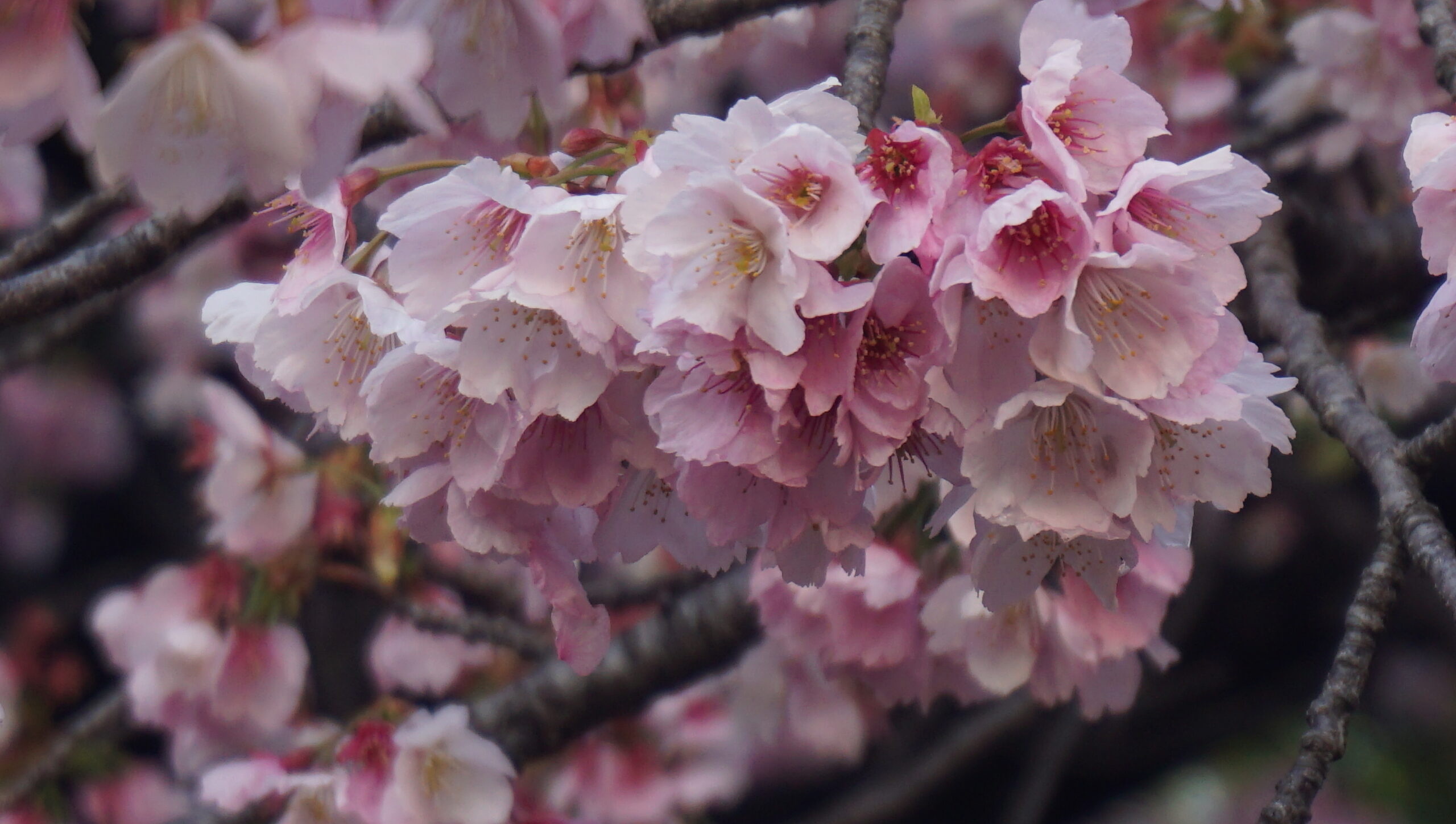Day 3, 15th April 2025, Osaka Kansai Expo 2025, volunteer at Namba Station
Date: 15th April 2025



Today I have been assigned for for guiding the way outside the Osaka Expo site. We welcomed the guests at Namba Station of Nankai Railway, where many visitors from Kansai International Airport, the gateway to Osaka, stop by, and not only provided access to the Expo site, but also provided transportation to many other tourist’s spots like, Kyoto, Nara, or Koyasan, and guided them to the sightseeing spots in Osaka city.
For visitors whose destination was not the Expo site, I answered their questions and tried to add a comment at the end saying, “Please come to the Expo when you have time.



After the volunteer activities at Namba Station were over, as my self-study, I visited popular tourist spots for foreign tourists such as Dotonbori, Sennichimae, Kuromon Fish Market, and Hozenji Temple in “Minami” near Namba, and then I checked out the Sonezakicho area near Umeda, called “Kita”, and finished today’s activities.





Of course, I also thoroughly checked the taste of Osaka’s local popular gourmet foods such as “Butaman” pork buns, kasu udon, and yakitori.



